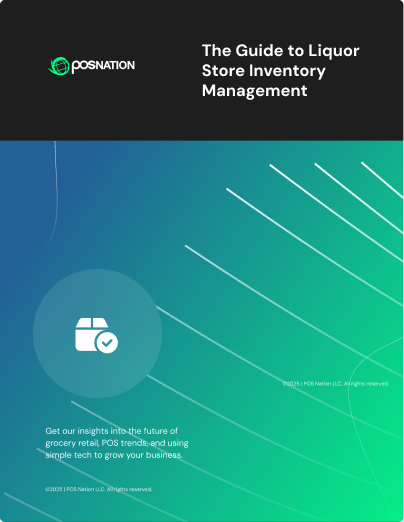What plan does your retail store have in place to prevent inventory losses? Are you experiencing an increase in shoplifting, or are you trying to get ahead and make sure it doesn’t happen? No matter what kind of business you have or how long you’ve been in the game, shrinkage cannot be avoided. People steal and mistakes happen. Luckily, we’re here to help you understand what loss prevention is and how you can keep your retail business secure.
What is loss prevention?
Loss prevention is a practice followed by retailers that is designed to preserve profit. To put it simply, retailers have their own protocol in place to prevent shoplifting and inventory losses.
During your own retail experiences, you’ve likely noticed security cameras throughout a storefront while shopping. Larger retailers have security staff monitoring these cameras in real time, while smaller stores may just refer back to the footage after an incident. Oftentimes retailers will even train their employees in loss prevention, showing them how to identify a shoplifter and stop them in the act. No matter which loss prevention tactics a retailer is utilizing, the ultimate goal is to prevent stealing in any capacity and save the business money.
How does retail shrinkage happen?
Shrinkage occurs when a retailer has fewer items in stock than what’s in their inventory list. And if shrinkage is large, profits decrease. It’s a bad scenario for any retailer — and while shrinkage will always be a concern in the industry, the goal is to keep it to an absolute minimum.
Shrinkage can occur at almost any capacity. We know it as a result of stolen goods from internal and external theft, but shrinkage can also be a result of clerical error and damaged products. Whether a business’ inventory losses are a result of shoplifting, inventory miscounts, or broken items, the good news is that it can be prevented.
How can a POS system prevent shrinkage?
Let’s start with inventory counts. The most simple and effective way to prevent any user error in counting and tracking inventory is by utilizing a point of sale system. When you first get your retail POS system, you can import your entire inventory into the software. From that point, the heavy lifting is out of your hands.
.webp?width=500&name=1911_MinimizeShrinkage_Feature%20(1).webp) Your POS system can generate purchase orders when stock is running low, and once your order is received, inventory numbers are updated automatically. And every time you make a sale, the products sold are immediately deducted from the item count. Your inventory is always up to date with a POS system — and you won’t have to go back and count what’s in stock on a weekly basis. When the time does come for your monthly, quarterly or yearly inventory count, you’ll already have the data you need to determine if there are any discrepancies. The inventory feature is helpful for damaged items, too, as the software makes it easy to track broken products and document why they were taken off the shelf.
Your POS system can generate purchase orders when stock is running low, and once your order is received, inventory numbers are updated automatically. And every time you make a sale, the products sold are immediately deducted from the item count. Your inventory is always up to date with a POS system — and you won’t have to go back and count what’s in stock on a weekly basis. When the time does come for your monthly, quarterly or yearly inventory count, you’ll already have the data you need to determine if there are any discrepancies. The inventory feature is helpful for damaged items, too, as the software makes it easy to track broken products and document why they were taken off the shelf.
When it comes to shoplifting, a point of sale system helps you get a handle on any internal theft and discrepancies. Turn on blind counts so your cashiers don’t know how much cash is supposed to be in their drawer at the beginning of their shift. You can monitor exactly which employee is logged into your system, the returns and discounts they approved, and how much cash is missing from their drawer. While you might want cameras in your store to watch out for customer theft, the software’s accuracy in tracking activity has you covered with employees.
I need a POS system! Where do I start?
If you’re ready to upgrade your retail business from an old school cash register to an efficient point of sale system, we’re here to help. And if you’re opening a business, we’ve got your back, too! Our team has years of experience working with both new and seasoned retailers.
Get in touch with our product specialists by emailing sales@posnation.com — or feel free to build your system online or request a free POS system quote.





 by Brian Sullivan
by Brian Sullivan

 by Cort Ouzts
by Cort Ouzts

